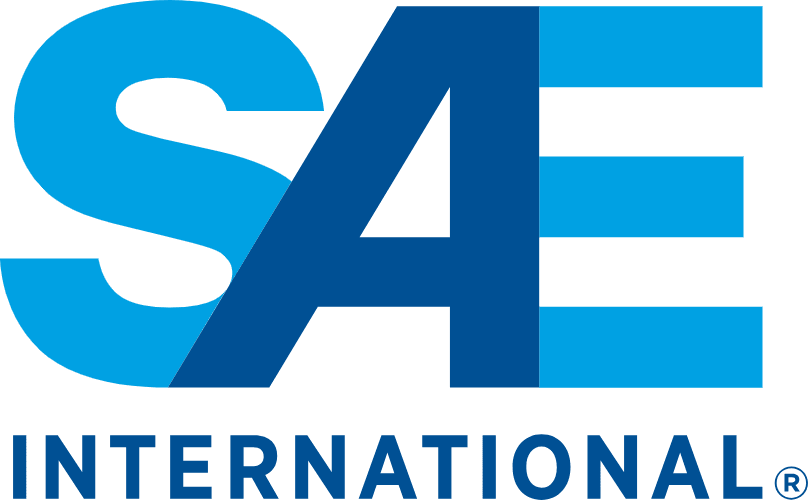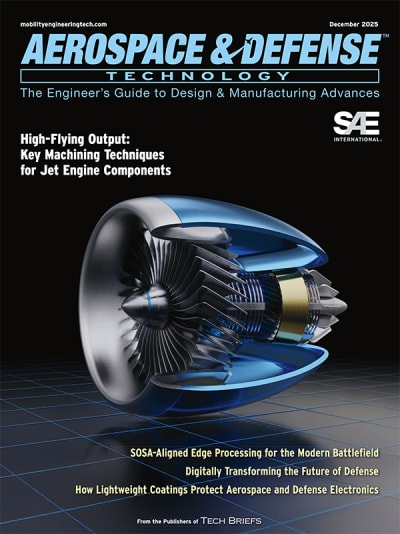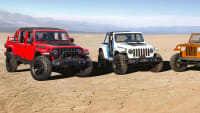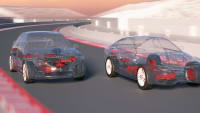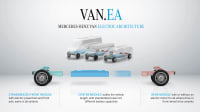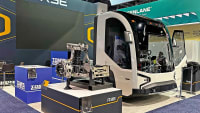Magna to Produce Its First Dedicated Hybrid Drive System for Chinese OEM
System uses ICE to directly boost power to wheels, charge the battery or generate electricity for the e-motors.

With OEMs rushing to create hybrid-drive vehicles amid a drop in EV sales growth, Magna has won a contract to produce what it’s calling a dedicated hybrid drive (DHD) duo system with a Chinese automaker.
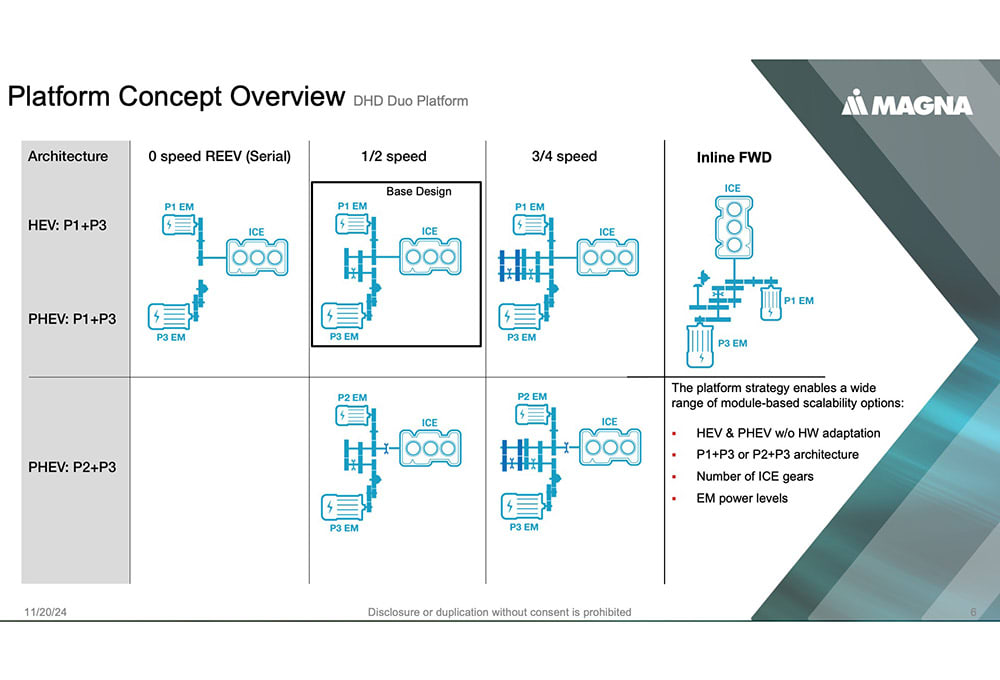
In a news release, the company said the DHD Duo system comprises a longitudinal front-drive that can work as a range extender as well as serial and parallel driving modes. The company also says the 800V system is tuned to be “smooth and comfortable” across all driving conditions.
SAE Media spoke with Ulrich Franzmann, Magna’s senior director of product management and transmissions, who explained what’s behind the “multi-modal” setup. “You can drive it as a range extender [in which the ICE only charges the battery, and propulsion is handled entirely by the e-motors]. You can drive it as pure BEV, and you can drive it in parallel mode,” he said. He said it’s all enabled with dog clutches that can form virtually lossless connections. “So if you need to boost, you close a dog clutch. You can have one, two three or four connections [or gears], so it’s scalable.

“You close the dog clutch, which is normal in the neutral position, because then there is no connection between the ICE and the P1 [e-motor] and the wheels. And if you close the dog clutch, you connect the ICE to the P1 to the wheels, and then you have parallel mode. You can use the ICE to boost, or you can use it to charge the battery that's depending on the hybrid strategy.”

The e-motors are traditional permanently synchronous magnet (PSM) designs. For future versions of this solution, Franzmann said Magna is working to reduce the number of rare-earth metals used in the magnets and also ways to make the on-board inverter more efficient.
Franzmann said that the original work was done on a transverse setup, but that their first customer wanted a longitudinal design. Primarily, all that meant was the addition of a hypoid gear. He said total development time of the 90kW-to-200kW system will be less than four years from concept to full production for the Chinese OEM, which is slated to begin production in the third quarter of 2025 at Magna’s factory in Nanchang. Magna’s scope of supply for the system includes the housing and e-motors, the gear set with both the inverters and the transmission control unit [TCU].
Diba Ilunga, president of Magna Powertrain, said in a news release that the system not only meets customer targets, but also Magna’s own goal of helping make vehicles that are “kinder to the planet.” “This solution offers customers efficiency and versatility to meet both market demands and environmental goals,” he said.
The company’s release indicated the design is meant for the B to E vehicle segments, including SUV, light trucks and light buses.
Overall, Magna’s DHD Duo system is similar in concept to the successful Honda two-motor hybrid powertrain in current CR-V, Accord and Civic hybrid models.
Top Stories
INSIDERDefense
![]() F-35 Proves Nuke Drop Performance in Stockpile Flight Testing
F-35 Proves Nuke Drop Performance in Stockpile Flight Testing
INSIDERMaterials
![]() Using Ultrabright X-Rays to Test Materials for Ultrafast Aircraft
Using Ultrabright X-Rays to Test Materials for Ultrafast Aircraft
INSIDERManufacturing & Prototyping
![]() Stevens Researchers Test Morkovin's Hypothesis for Major Hypersonic Flight...
Stevens Researchers Test Morkovin's Hypothesis for Major Hypersonic Flight...
INSIDERManufacturing & Prototyping
![]() New 3D-Printable Nanocomposite Prevents Overheating in Military Electronics
New 3D-Printable Nanocomposite Prevents Overheating in Military Electronics
INSIDERRF & Microwave Electronics
![]() L3Harris Starts Low Rate Production Of New F-16 Viper Shield
L3Harris Starts Low Rate Production Of New F-16 Viper Shield
INSIDERRF & Microwave Electronics
Webcasts
Energy
![]() SAE Automotive Engineering Podcast: Additive Manufacturing
SAE Automotive Engineering Podcast: Additive Manufacturing
Manufacturing & Prototyping
![]() A New Approach to Manufacturing Machine Connectivity for the Air Force
A New Approach to Manufacturing Machine Connectivity for the Air Force
Automotive
![]() Optimizing Production Processes with the Virtual Twin
Optimizing Production Processes with the Virtual Twin
Power
![]() EV and Battery Thermal Management Strategies
EV and Battery Thermal Management Strategies
Energy
![]() How Packet Digital Is Scaling Domestic Drone Battery Manufacturing
How Packet Digital Is Scaling Domestic Drone Battery Manufacturing
Materials
![]() Advancements in Zinc Die Casting Technology & Alloys for Next-Generation...
Advancements in Zinc Die Casting Technology & Alloys for Next-Generation...
